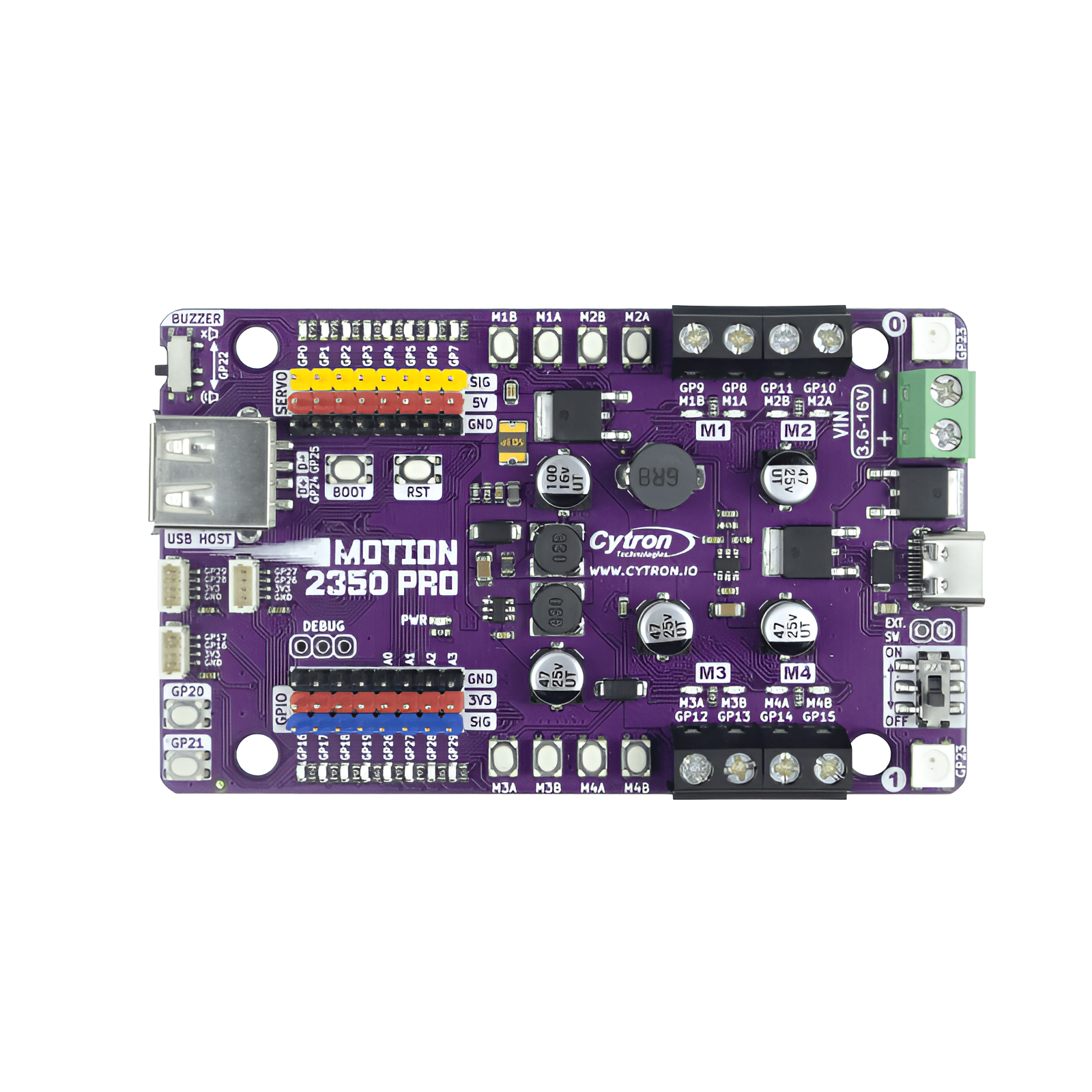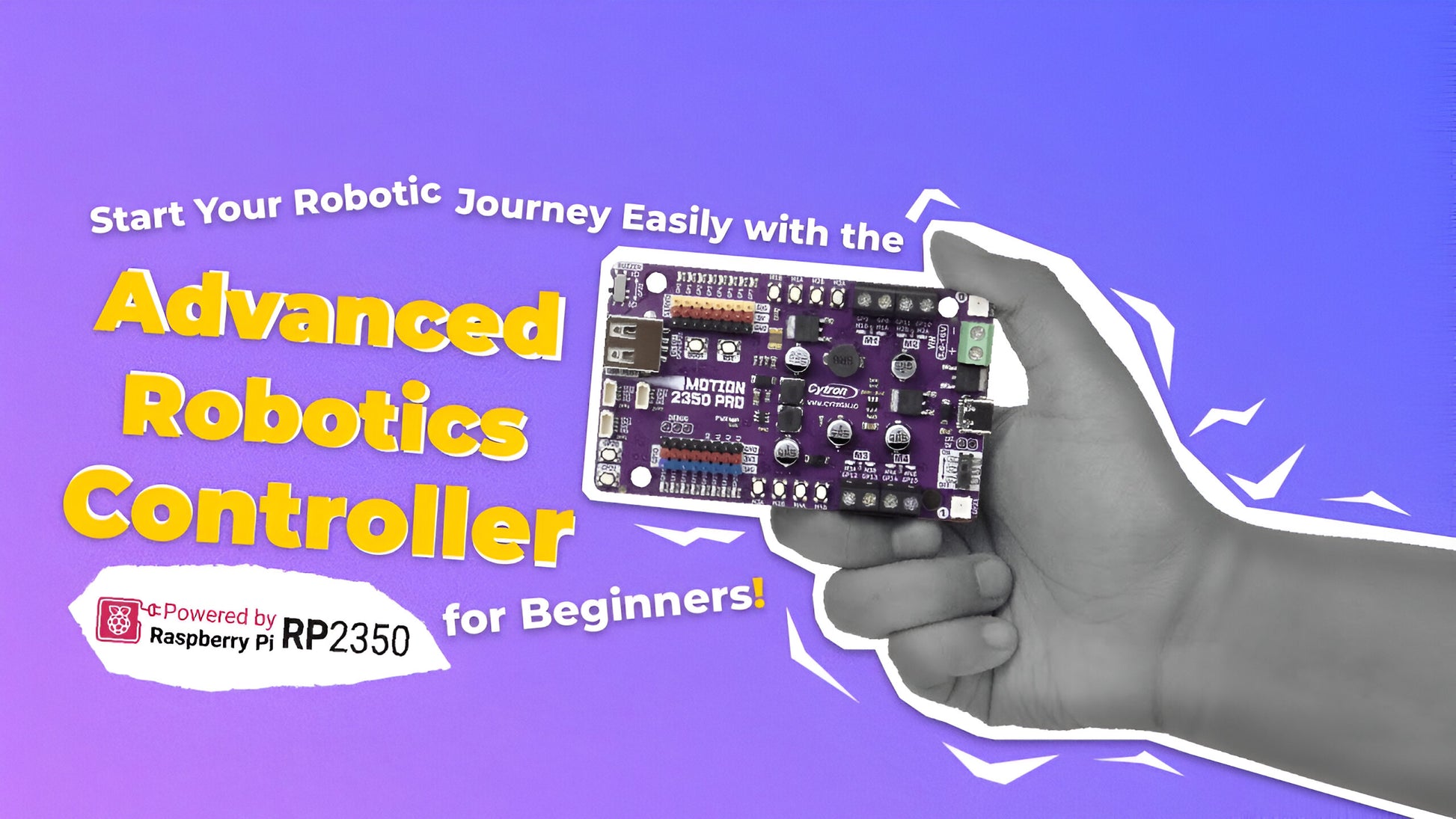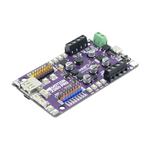
MOTION 2350 Pro - Advanced Robotics Controller for Beginners
It has been a few years since the first microcontroller by Raspberry Pi, the RP2040, was launched. Now, Raspberry Pi has introduced the latest upgraded processor, the RP2350. Introducing MOTION 2350 Pro, designed by Cytron, leveraging the new RP2350 processor. Built for beginner and intermediate users to experience the Pro version of the board. Ideal for those who want to build an advanced robot, minimize efforts on electronics, and focus on mechanics.
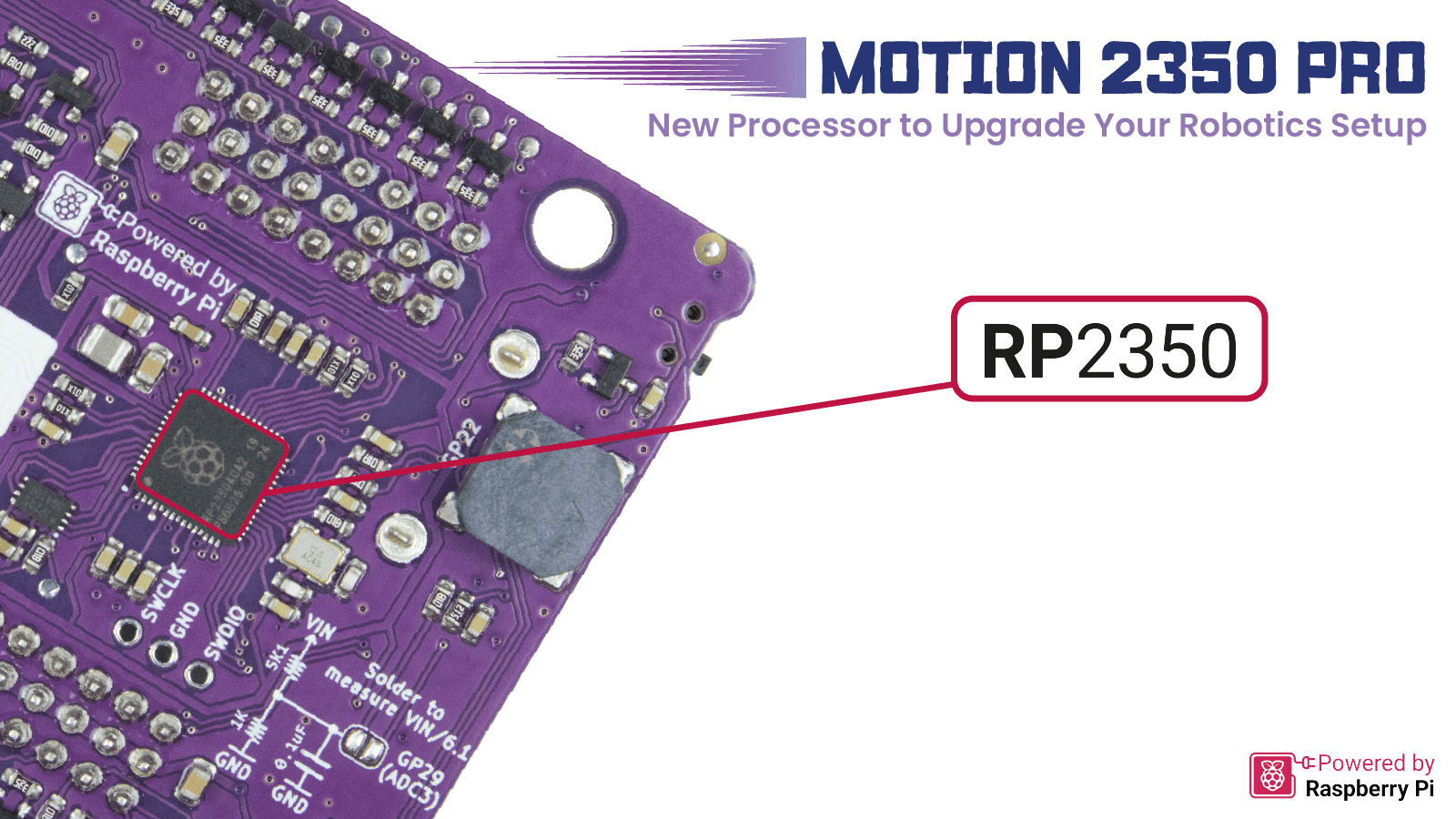
More Power, More Ports, More Connectivity
The Motion 2350 Pro features an advanced DC motor driver capable of controlling up to 4 brushed DC motors (3A Max each channel), with voltage ratings from 3.6V to 16V. Building a powerful robot with mecanum wheels has never been easier, thanks to this robust 4-channel driver! Additionally, the controller is equipped with 8-channel 5V servo ports, 8-channel GPIO breakout, and 3 Maker Ports, enabling you to connect a wide array of components and sensors. The highlight? The Motion 2350 Pro comes with a direct USB host for a USB joystick/gamepad, ensuring true plug-and-play convenience.
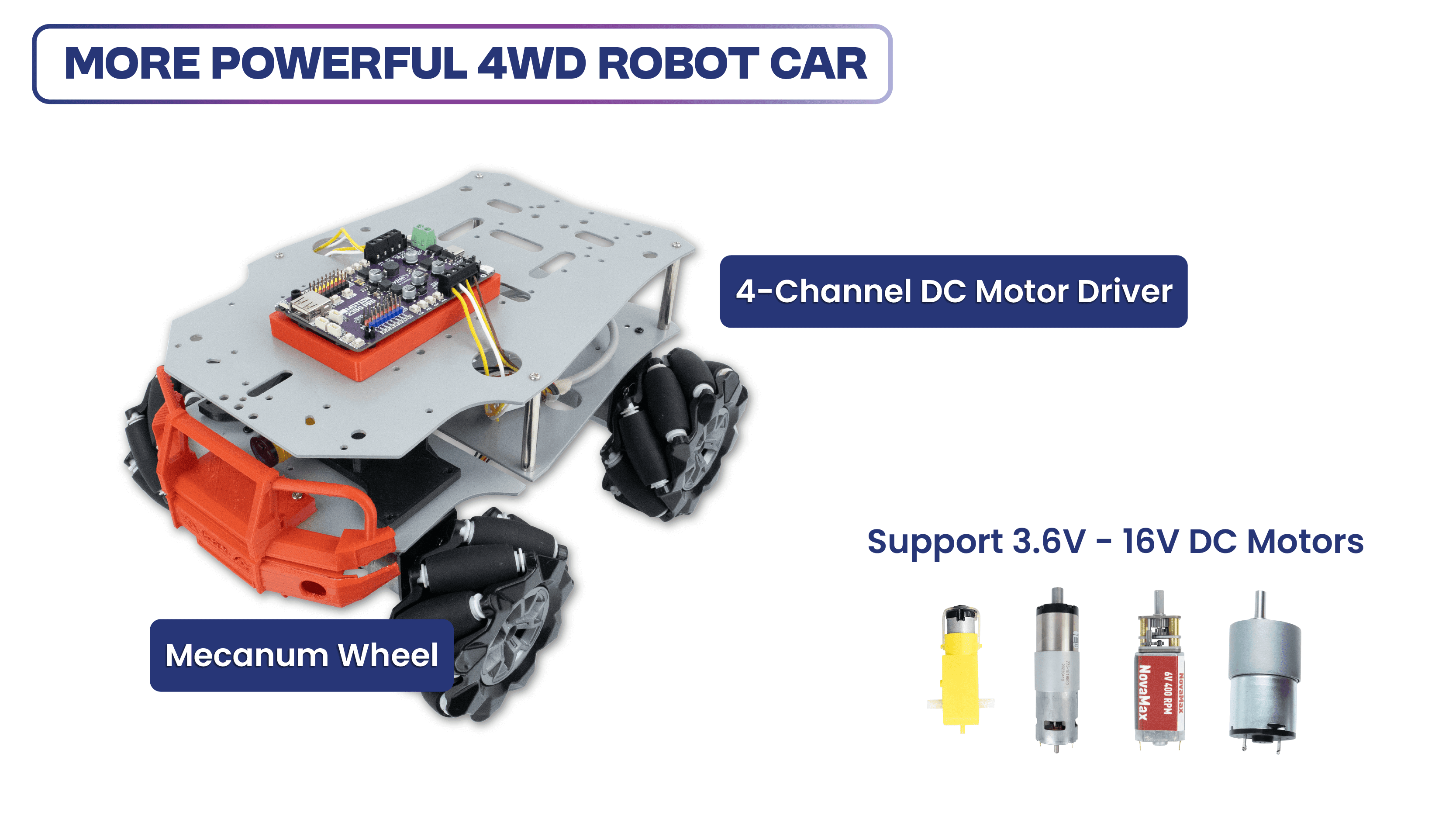
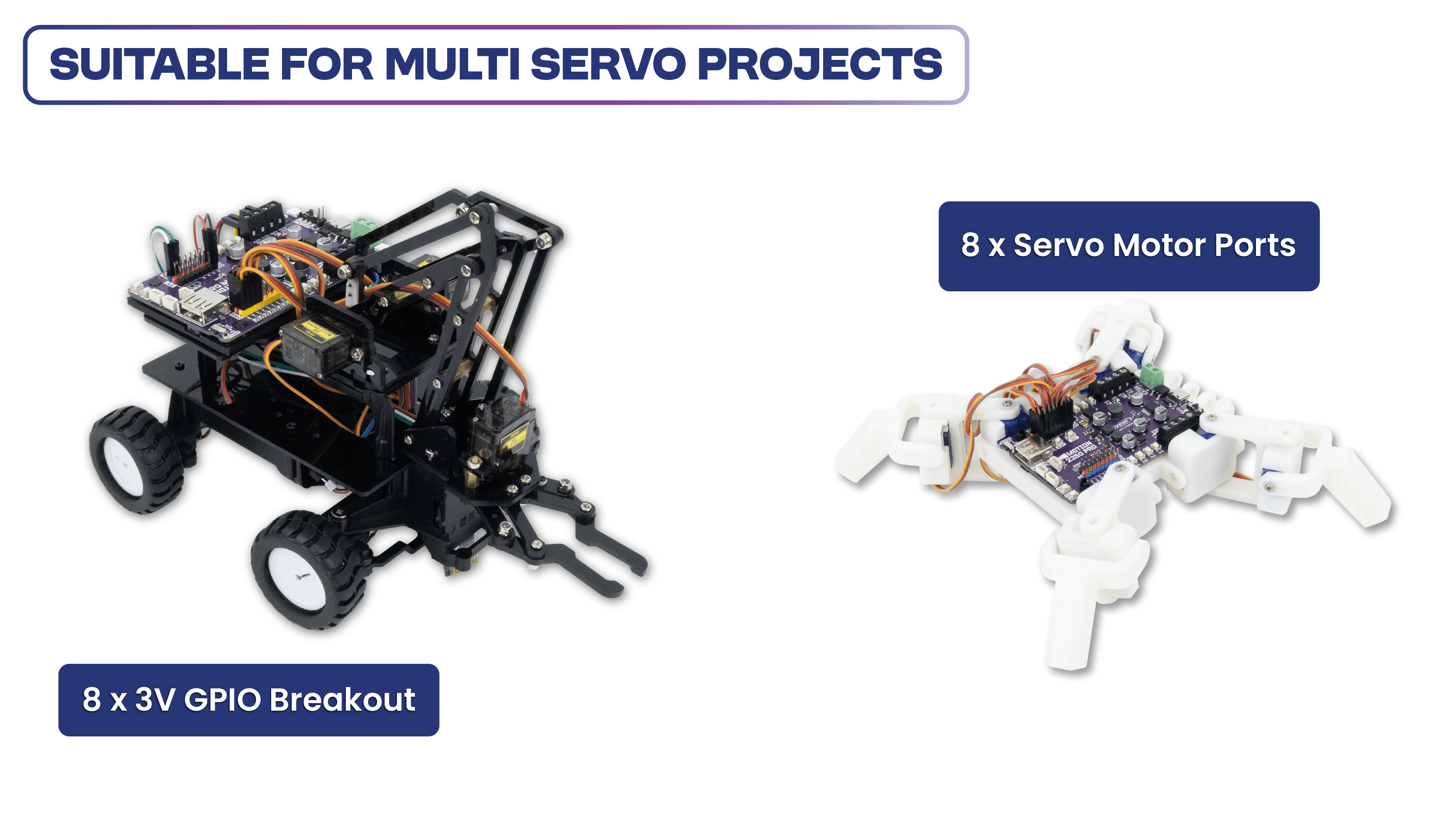
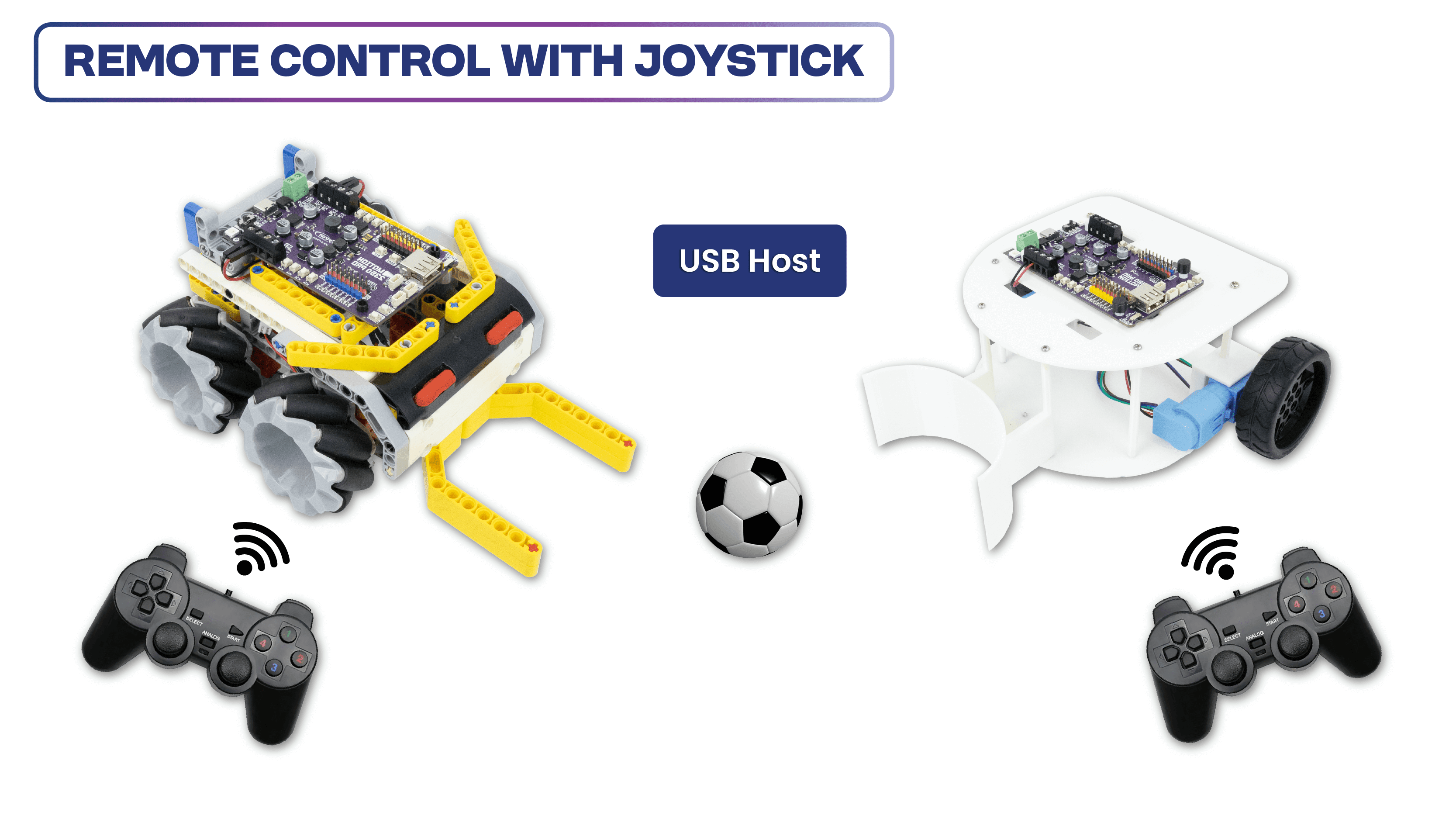
Favorable Maker Features
“Maker” features have been a signature of Cytron products. GPIO references printed on the silkscreen and colored headers help beginners connect components to the correct GPIO pins. The built-in quick test buttons and motor output LEDs allow for quick and convenient functional testing of the motor driver without writing any code. The user buttons and piezo buzzer are also beneficial for running simple commands, eliminating the need for extra wiring! Of course not to forget the LED indicator for each Digitial IO pin.
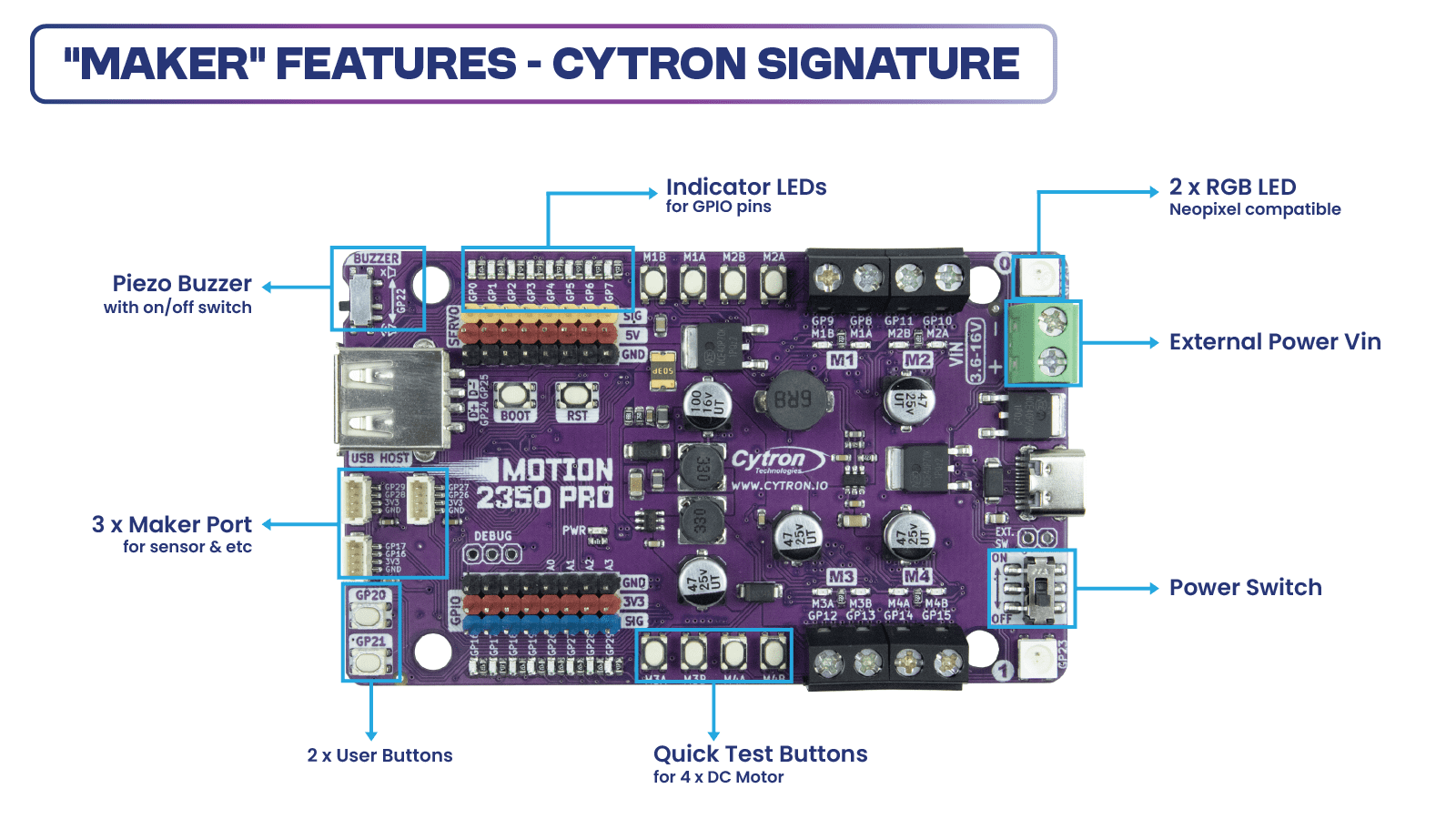
The MOTION 2350 Pro combines the Raspberry Pi Pico 2, the benefits of the Maker series, an advanced robot controller, and other useful features. Therefore, this board is compatible with the existing Raspberry Pi Pico ecosystem. Software, firmware, libraries, and resources developed for Pico should work seamlessly with the MOTION 2350 Pro allowing users to program in familiar environments such as Python (MicroPython, CircuitPython), C/C++, and Arduino IDE (coming soon).
CircuitPython is preloaded on the MOTION 2350 Pro, running a simple demo program right out of the box. Connect it to your computer via a USB-C cable and turn it on. You will be greeted by a melody tune and running LED lights. Press the GP20 and GP21 push buttons to run another demo code. With this demo code and quick test buttons, you can test the board the moment you receive it!
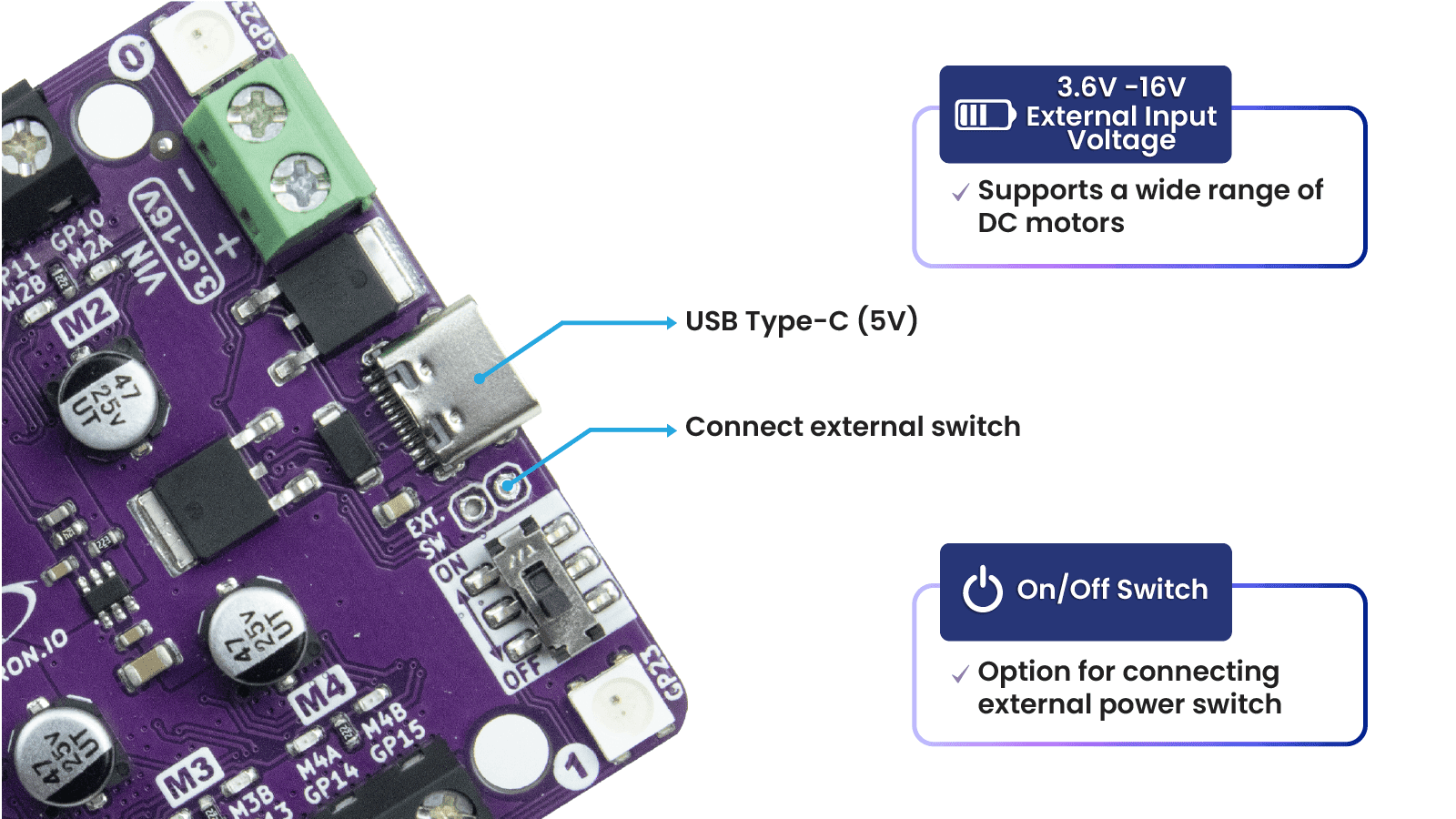
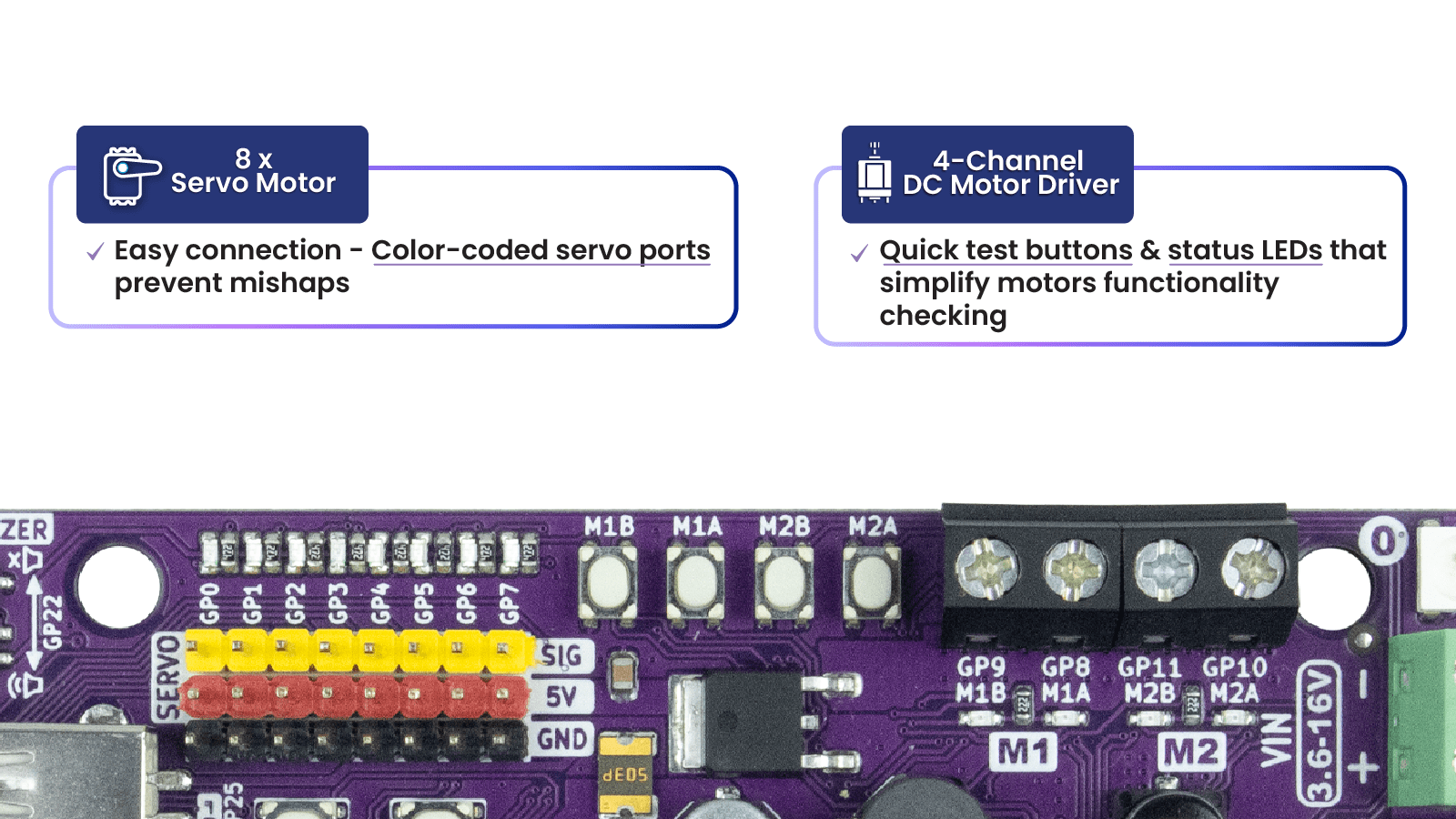
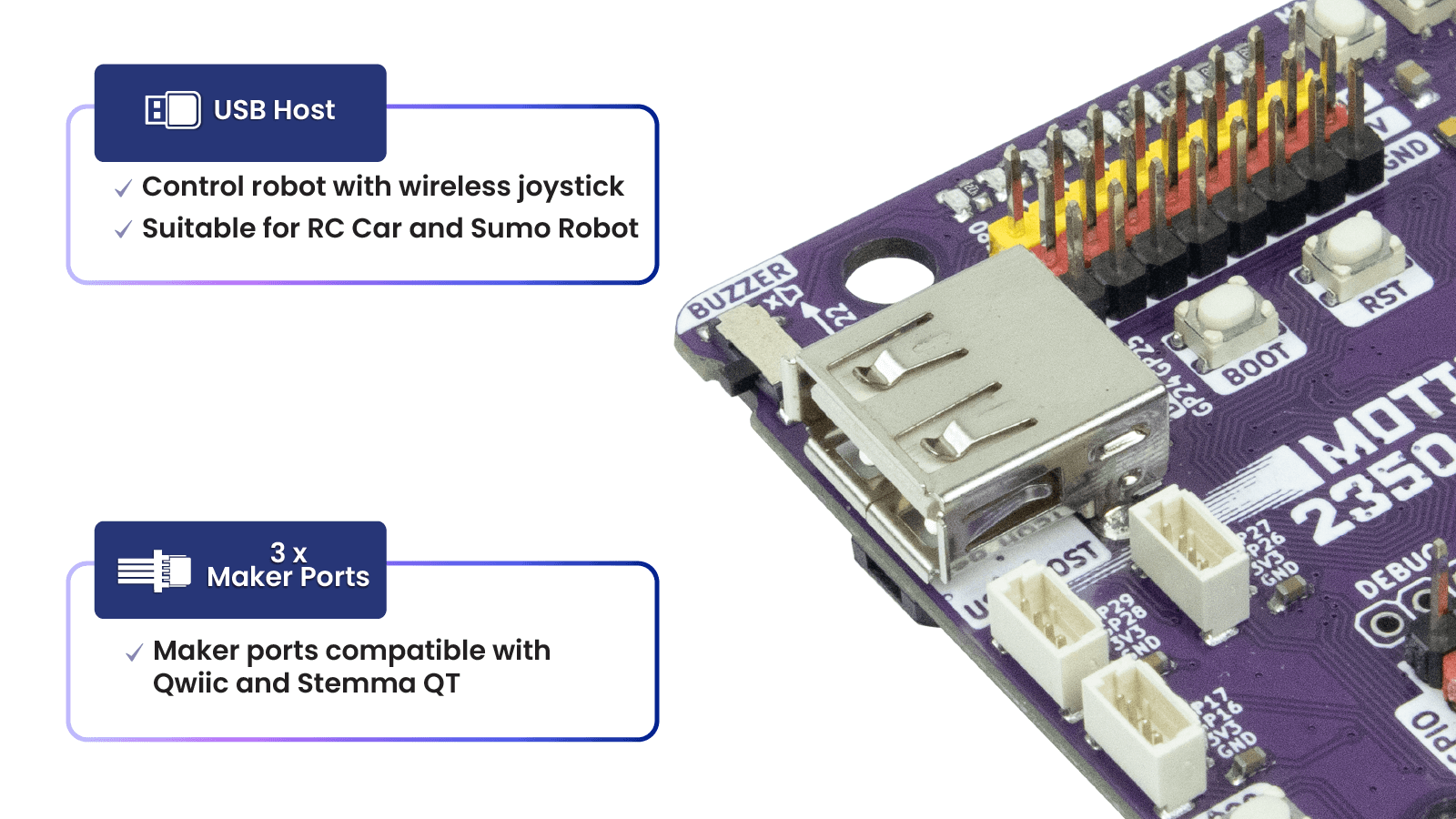
Specifications:
- Powered by Raspberry Pi RP2350
- Dual-core Arm Cortex-M33 processor
- 520KB internal RAM
- 150MHz Frequency Clock
- 2MByte Flash
- Robot Controller Board
- 4 x DC Motor Driver (with quick test buttons)
- 8 x Servo Motor
- 8 x 3V GPIO Breakout
- Input Power
- VIN Terminal: 3.6V - 16V
- USB Type-C: 5V
- Maximum DC Motor Current, each channel
- Continuous: 3A
- Peak: 5A
- 24 x Status indicator LEDs
- 8 x for Servo Port
- 8 x for 3V GPIO Breakout
- 8 x for DC Motor Driver
- 12 x Push Button
- 8 x Quick Test Button for DC Motor
- 2 x User Button
- 1 x BOOT Button
- 1 x RST Button, for reset
- 3 x Maker Port
- 2 x RGB LED (Neopixel Compatible)
- 1 x USB Host
- 1 x Piezo Buzzer (with mute switch)
- 1 x On/Off Switch (with MOSFET Shock-Proof Circuit)
- Preloaded with CircuitPython by default
- Programming Language
- CircuitPython
- MicroPython
- C/C++
- Arduino (coming soon)
- Board Dimension: 95.2 x 57.2 x 8 (height) mm
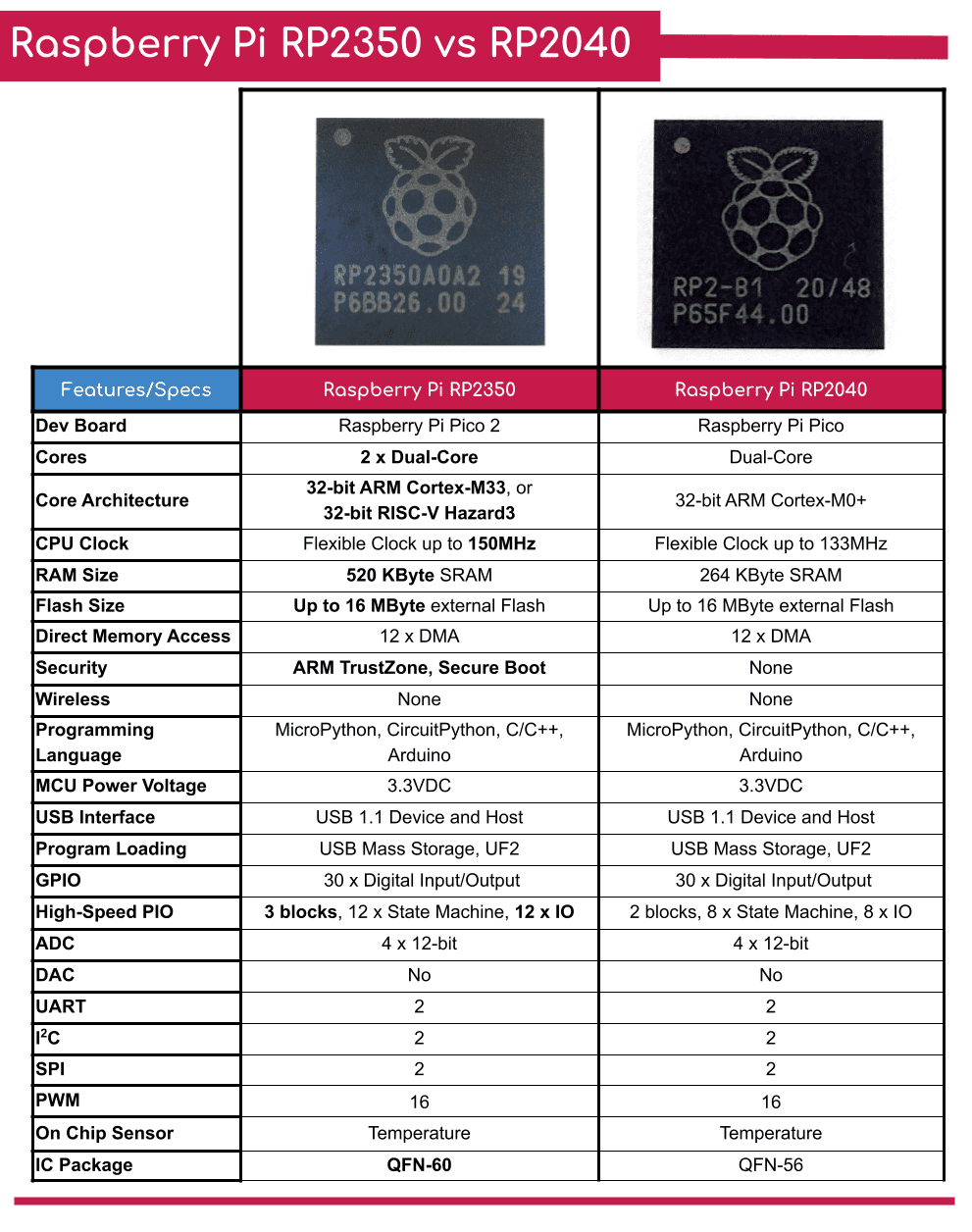
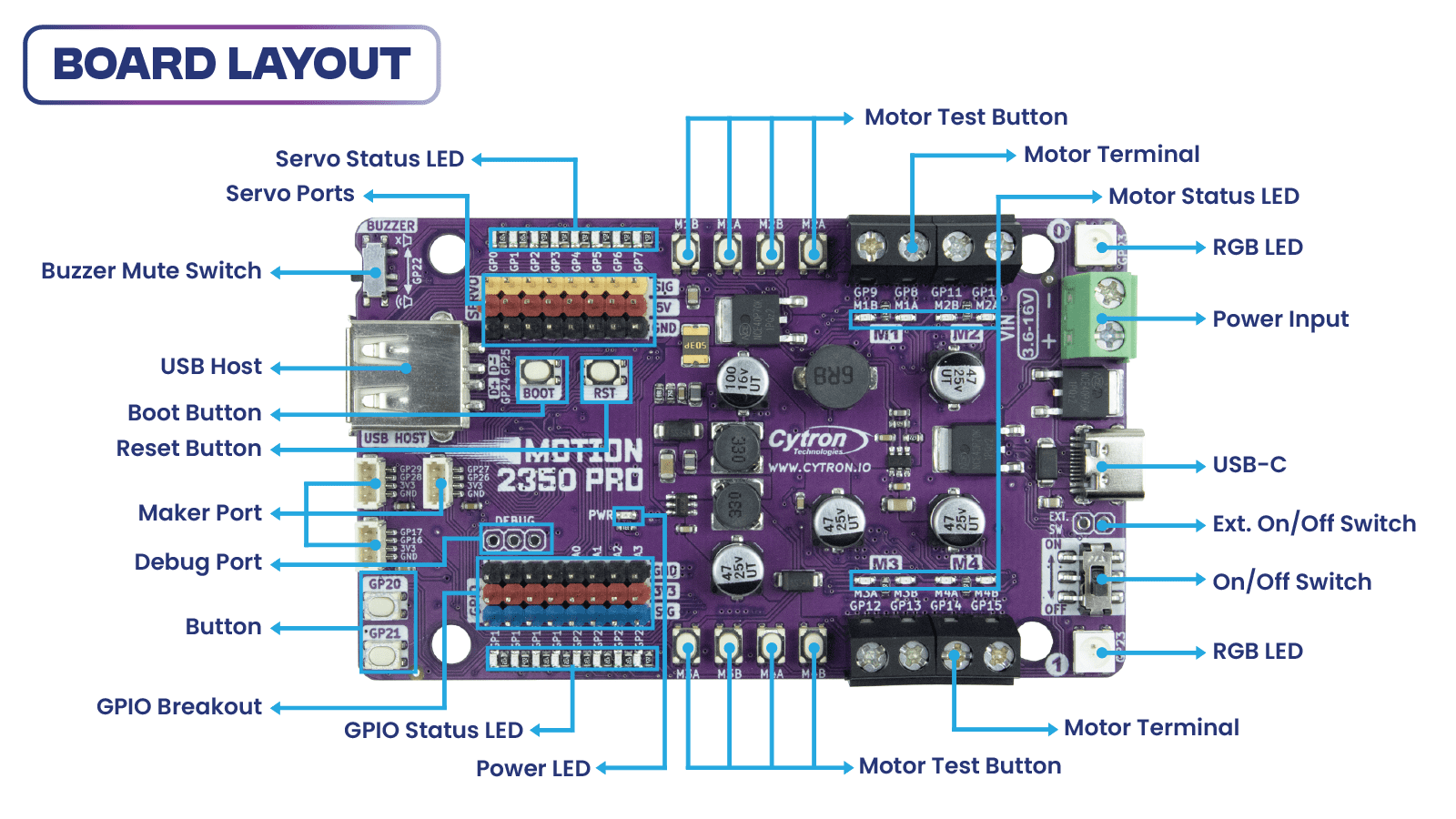
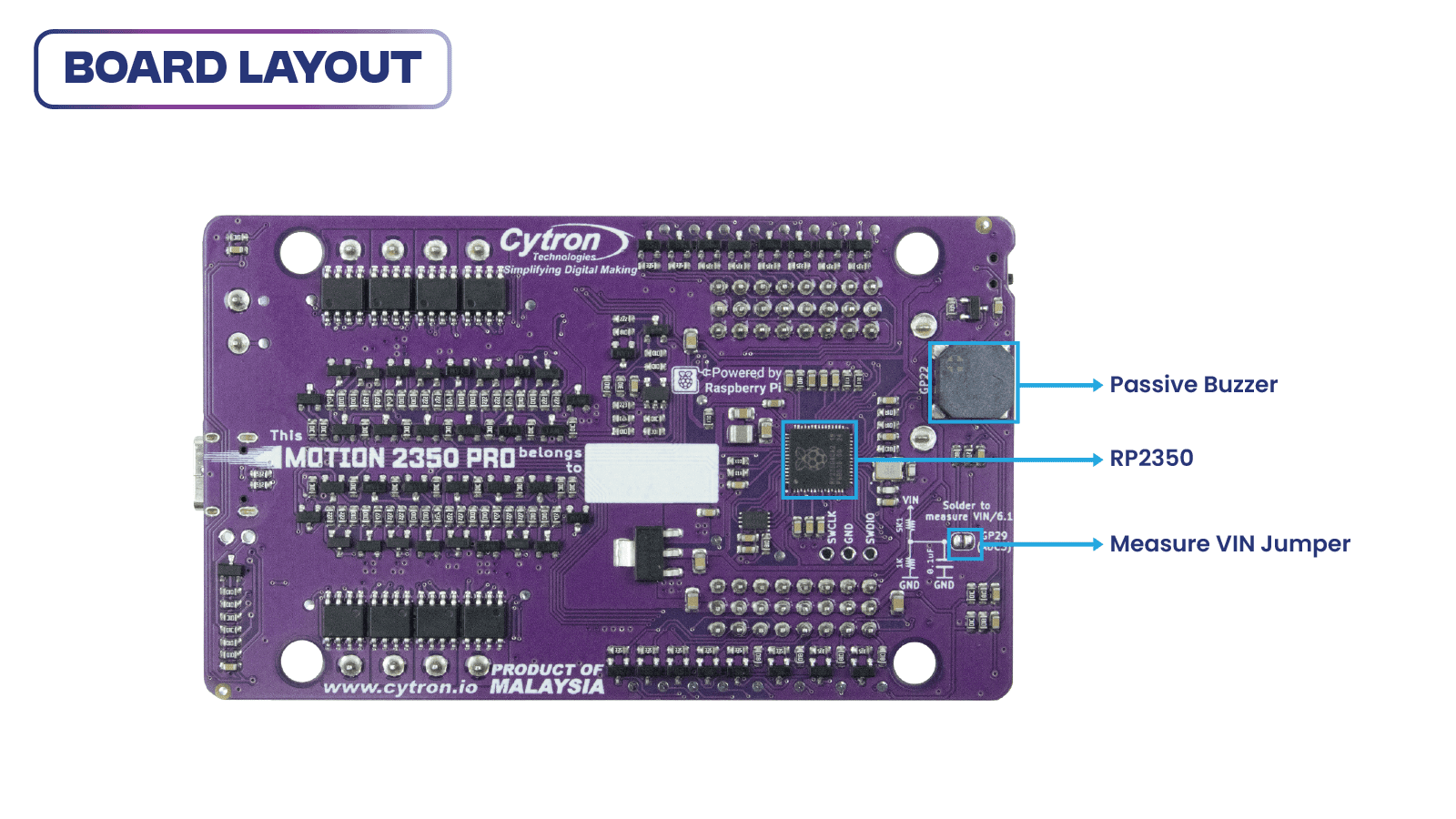
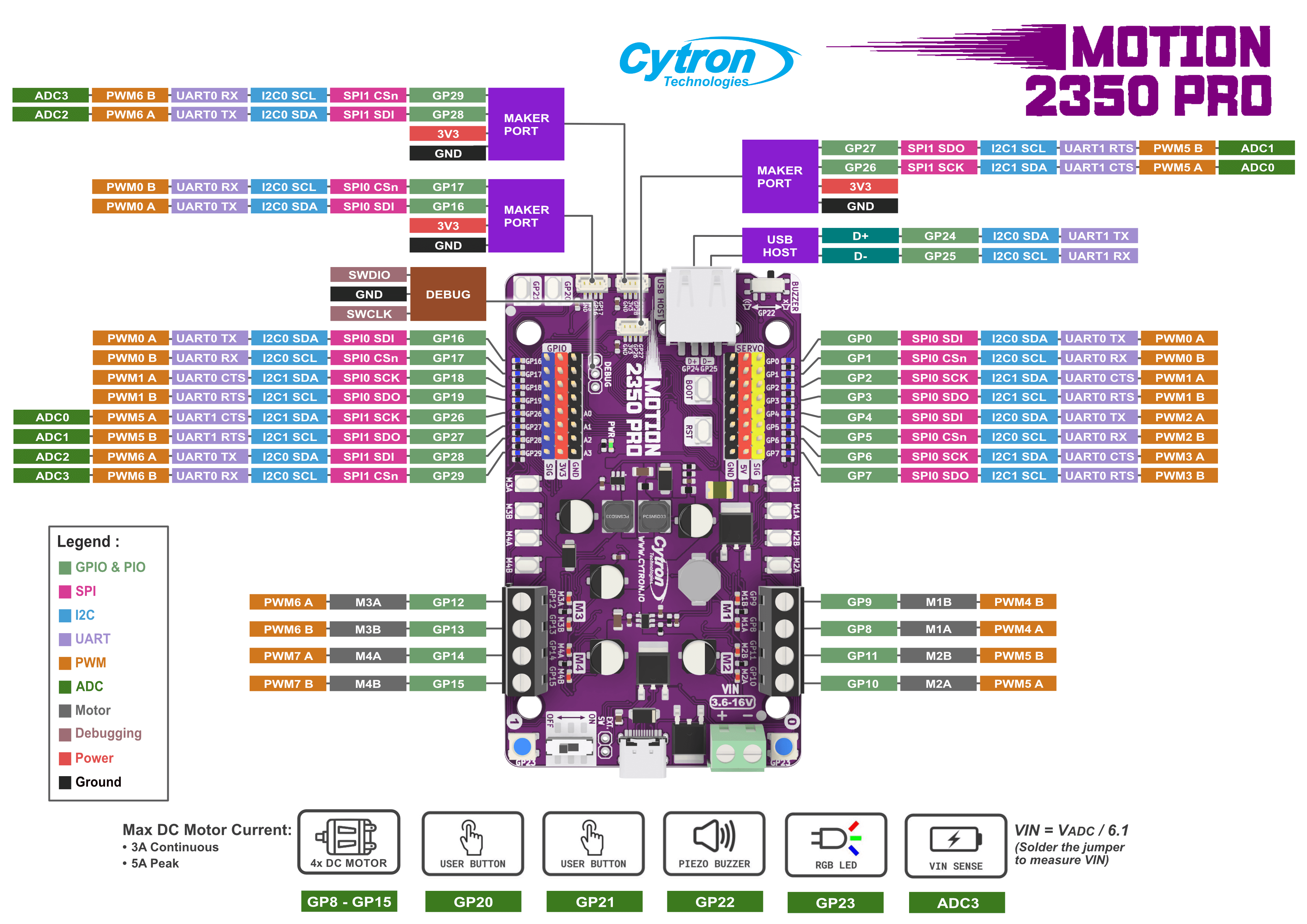
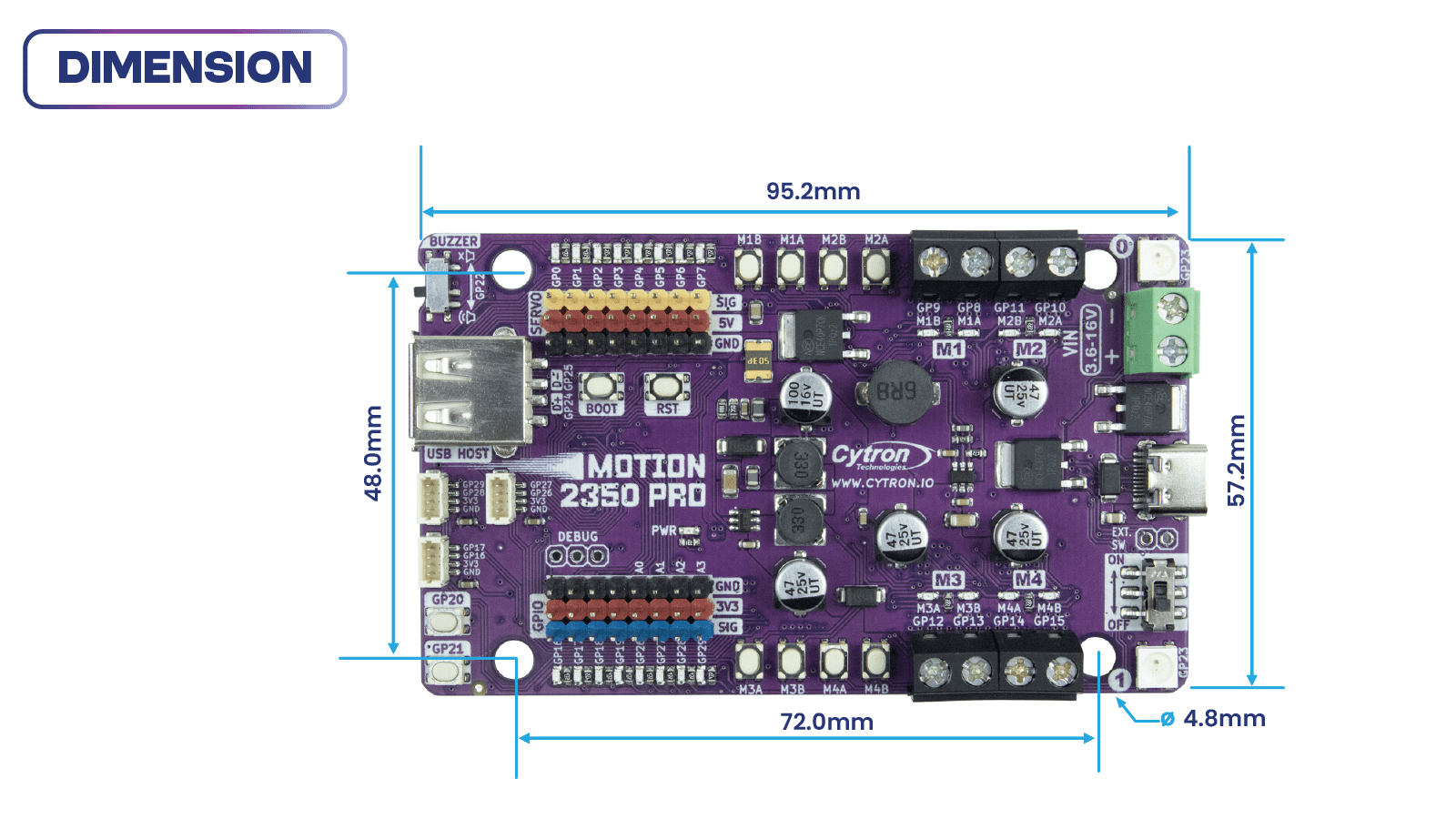
- 1 x MOTION 2350 Pro
- 1 x STEMMA QT / Qwiic JST SH 4-pin Cable with Female Sockets (150mm)
- 2 x Grove to JST-SH Cable (200mm)
- 1 x Set of Silicone Bumper
- 4 x Building Block Friction Pin
- 1 x Mini Screwdriver
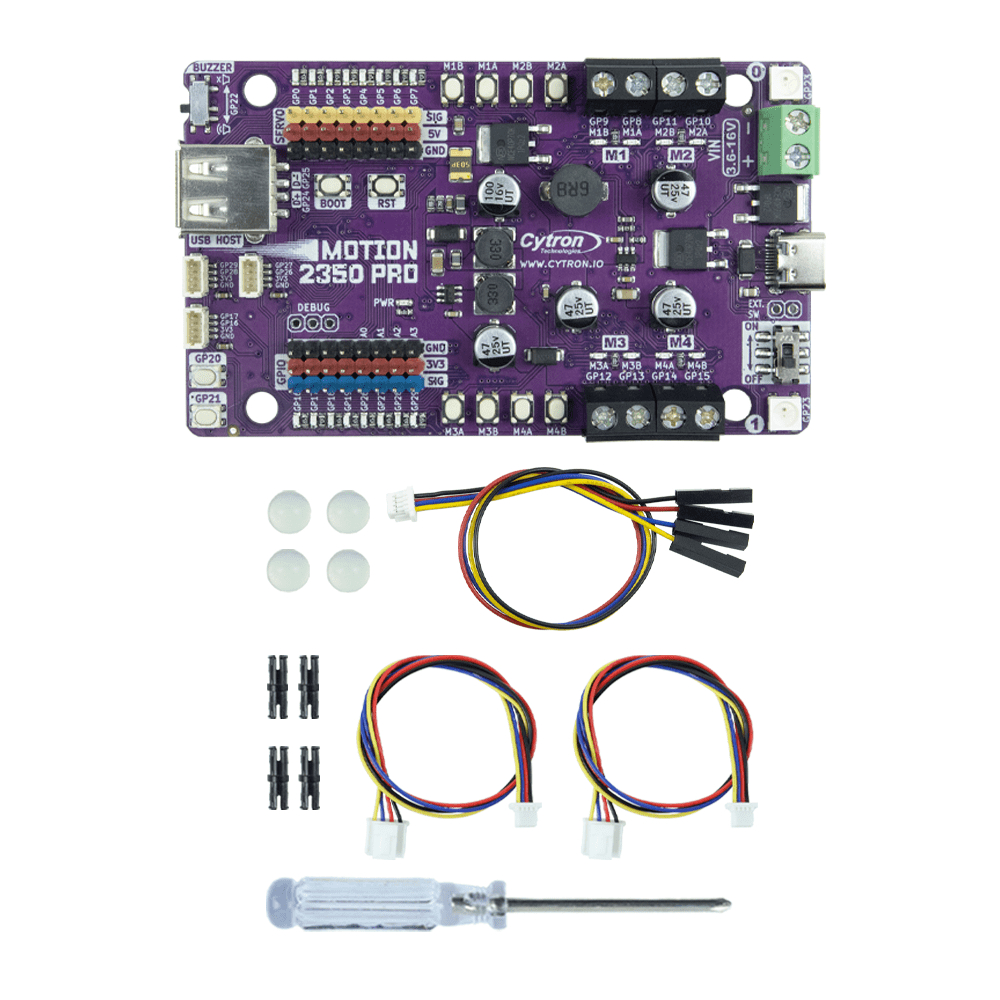
- Getting Started with MOTION 2350 Pro using CircuitPython, tutorial by Cytron Technologies
- Getting Started with MOTION 2350 Pro using Arduino IDE, tutorial by Cytron Technologies
- MOTION 2350 Pro Datasheet
- MOTION 2350 Pro CircuitPython
- MOTION 2350 Pro 3D CAD
- RP2350 Datasheet (pdf), by Raspberry Pi
- CircuitPython mainpage
- MicroPython mainpage
- SDK C/C++, from Raspberry Pi
- Article by CNX Software


